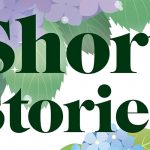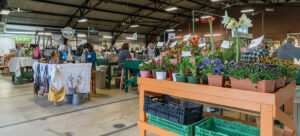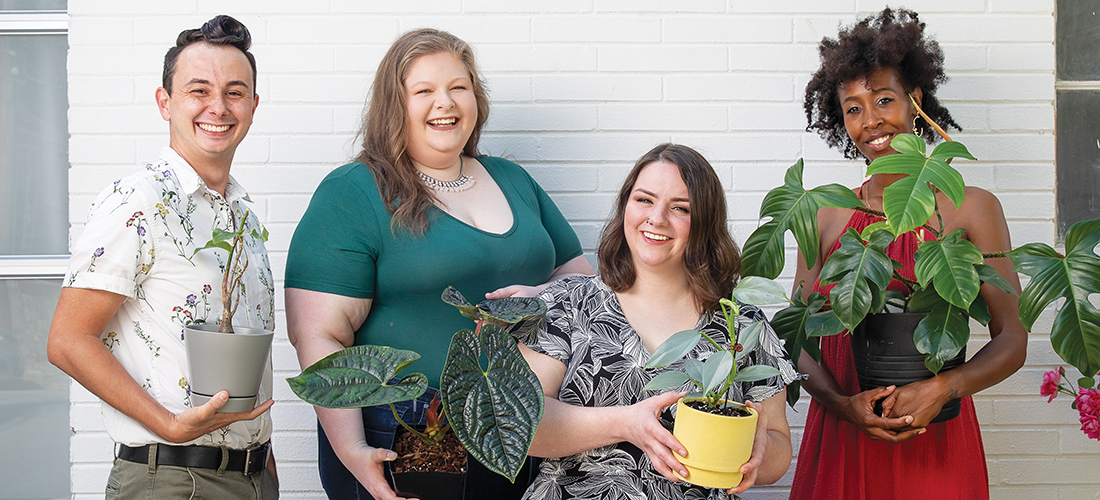
Turning Over Every Leaf in Search of the Perfect “It” Plant
By Cynthia Adams
Photographs by Bert VanderVeen
One early Saturday in June 2020, Greensboro’s Plants and Answers parking lot began filling before opening.
Longtime manager Pat Fogleman couldn’t believe her eyes.
She phoned owner Larry Richardson. “Get somebody over here to help me,” Fogleman entreated.
“There were 20 people lined up outside the door,” he recalls. Young adults streamed in, heading for the greenhouse.
Richardson discovered a Raleigh millennial had posted their greenhouse purchase days earlier.
“It’s a hobby. It’s a collecting thing,” marvels Richardson. “They’re proud parents! Sometimes they’ll pull out their phone and say, ‘Let me show you my pet’.” Their “pet” is a house plant. Monsteras. Calatheas. Anthuriums. Rex begonias. Hoyas.
Call them Hoya Heads. Call them Plant Parents. (Names they call themselves.) In April, Greenhouse Product News reported that “Millennials’ current buying power equates to $200 billion, with indirect spending reaching $500 billion.”
Ashley Cox, 27, goes by @reineforest_ on social media and lives in a Greensboro studio apartment. There she tends an estimated 200 indoor and outdoor plants — amassed since 2019.
“As I started collecting house plants, I started making friendships with plant YouTubers,” Cox explains. Her boyfriend began growing hot peppers, and they bottled their own hot sauce, as well as making kombucha and floral teas.
This year, she began studying horticulture and expanding their container gardening.
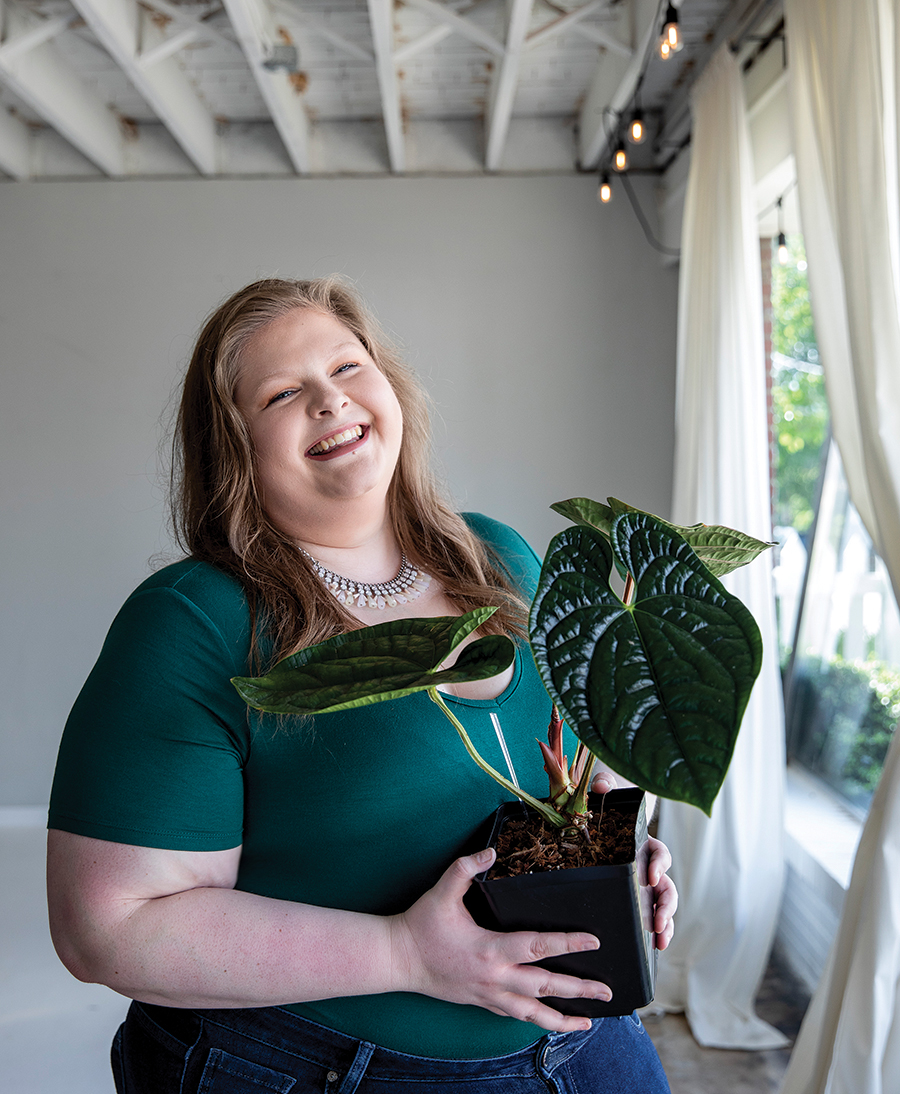
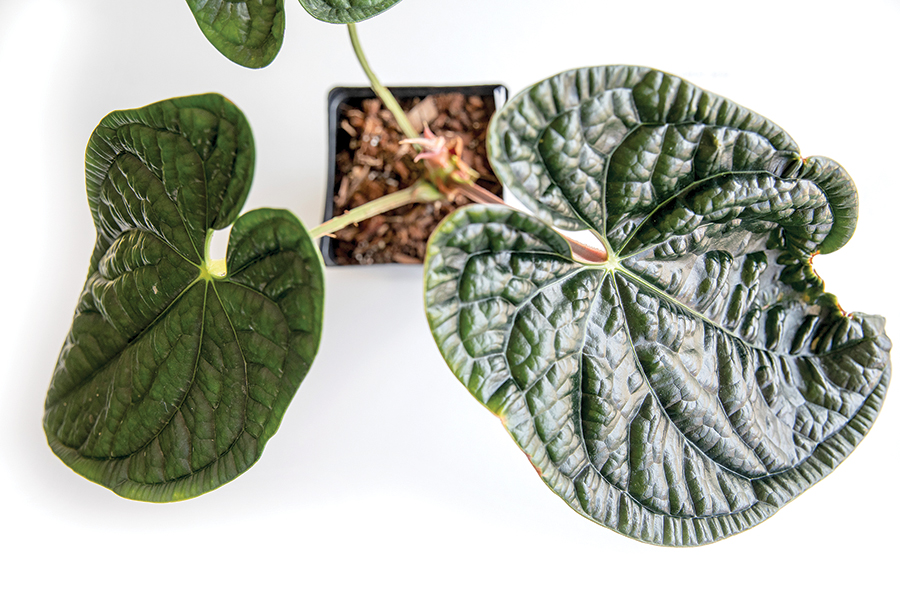
Millennials (age 26-41) are the largest group of plant collectors, followed by Gen Zers (age 10-25).
Such big passions net big dollars.
In April, The New York Times described a houseplant resurgence.
“Plant sales for all kinds of varieties have surged over the past few years,” wrote Katie Van Syckle. “About 38 million households in the United States participate in indoor houseplant gardening and spent about $1.67 billion in 2020, an increase of 28 percent from 2019.”
Like the 1634 Dutch tulip mania, and Victorian era “orchidelirium,” collecting rare plants still requires tracking exotics. The Orchid Thief, Susan Orleans’s 1998 book, revealed hunters poaching rare orchids in a Florida State Preserve. It was a big screen hit 20 years ago. But a passion for plants persists.
Van Syckle describes plant hunters dispatched to the wilds of 60 countries searching out the increasingly rare and Instagram-worthy.
As for the Millennial collectors? They aren’t poaching. They’re buying, tending and posting their finds.
Van Syckle describes the “avid rare plant collectors and influencers who covet specific varieties the way others might seek out sneakers, watches or whiskey, and display their collections with similar pride.”
Christina Larson, who acquired Guilford Garden Center near Guilford College five years ago, observes this sort of thing daily. She notices ever-younger customers, “especially the Millennials.”
Larson cites young buyers’ attraction to her center’s “Urban Jungle,” (also the name of Larson’s Instagram post).
Tyler Lee, 30, has an Etsy-based business and works part time at Plants and Answers. There, he talks with many who discuss “becoming a plant parent.” Like Cox, he amassed 100 pandemic plants.
Lee describes the joy of seeing the first new leaf “on a plant I’ve been pouring time, energy and water into for months.” He discovered pride and happiness in helping them “thrive and flourish” during lockdown.
“Plants don’t care about what chaos is going on outside their pots. As long as they get their sun and water, they just keep growing, which is absolutely amazing.”
Some theorize that Millennials, confined during COVID, suffered from “nature deficit disorder” — an actual phenomenon.
Lacking a garden space, they nurtured house plants while expressing concern for the planet.
Millennials prioritized their plants’ needs — morning feedings and watering — before logging online.
“My thinking is, they stayed inside and became aware of how vital plants were to the environment,” Richardson speculates. So does Larson.
Ironically, collectors’ second favorite pastime is posting about their plants.
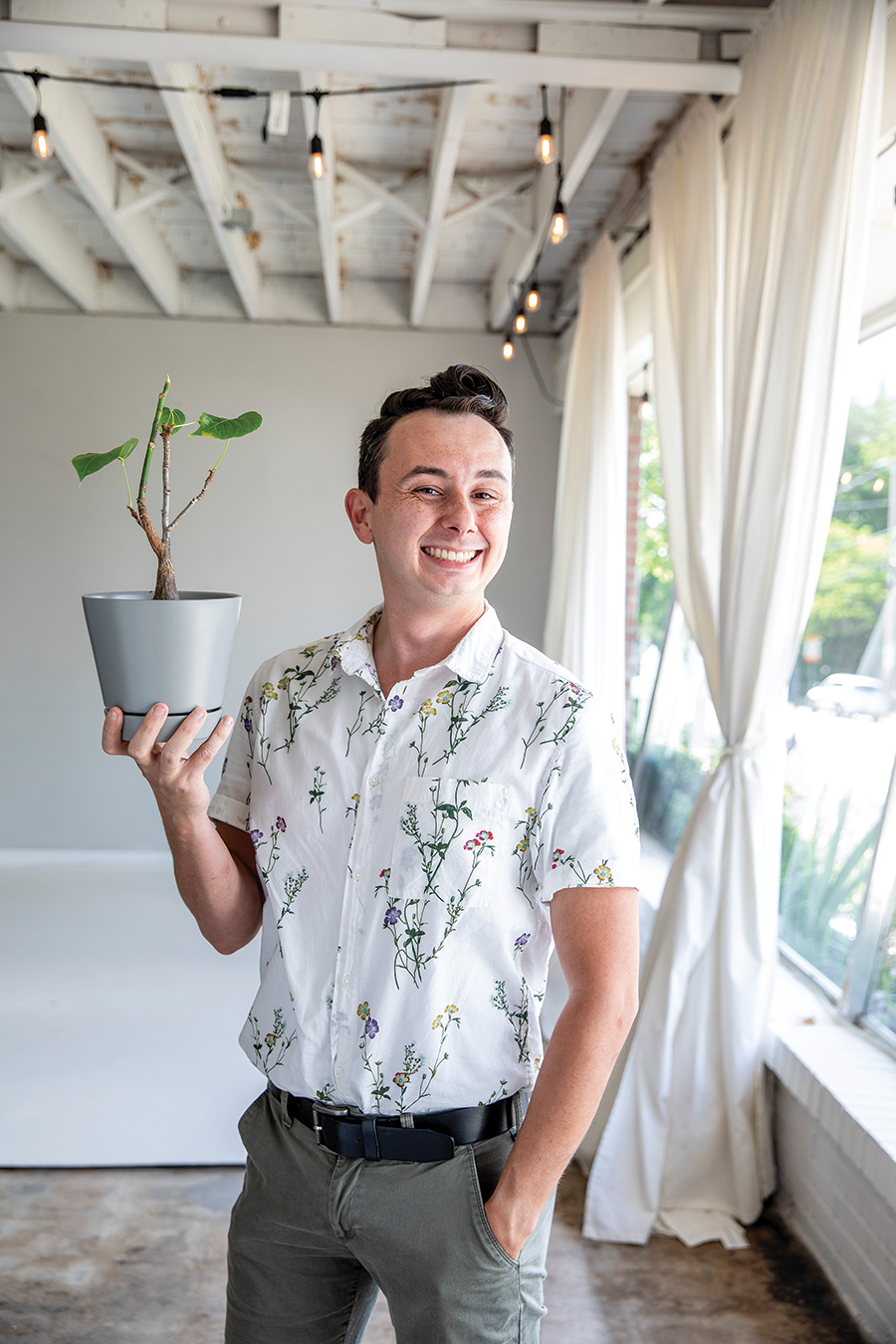 .
. 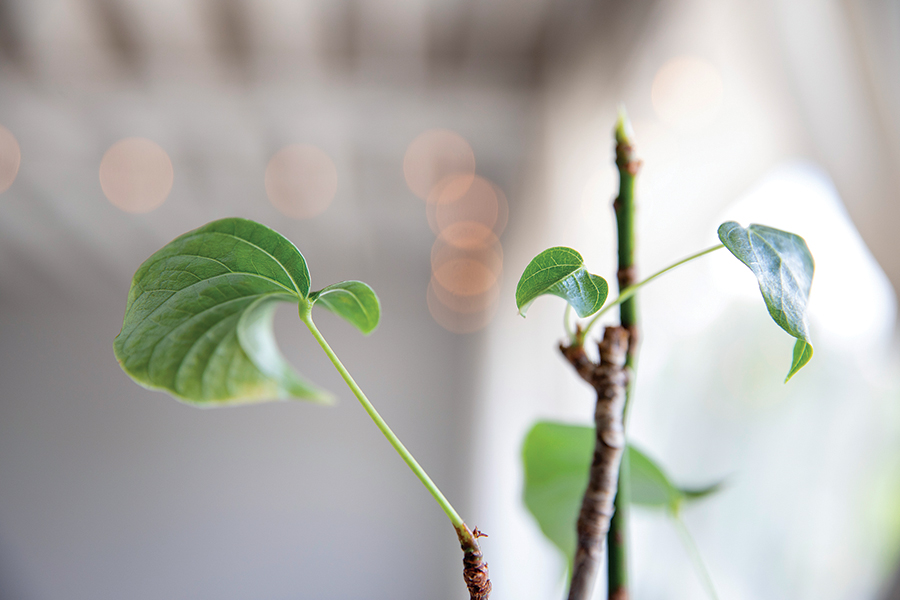
“We had a lot of rare and unusual things because it’s my passion, too — and (a young customer) said, ‘Oh, my God, I never knew about you! You have Swiss cheese philodendron!’” says Richardson.
She posted the philodendron on Facebook. The next day, new buyers arrived.
She was a plant influencer.
“We had people come in from Lenoir, from Sparta, from Roanoke,” recalls Richardson. “Distances! They said they were plant moms, and they showed me pictures of collections of plants.”
Larson, a former plant hobbyist herself before retiring from the restaurant business, understands how social media influencers plant a seed of desire.
Nor is Larson immune, either.
“What’s happened is, it is sort of catching. And because I see my customer’s intoxication with rare plants, I’ll also go look at other garden centers when I travel to see what’s unusual.”
“The last two years have been incredible,” Richardson adds, having feared the pandemic would destroy business.
“Now, the Millennials account for almost 50 percent of our retail business. The average age of our clientele are the 20 and 30 somethings!”
“I’ve had wealthy clients who collected rare orchids,” he says. “But Millennials sometimes prefer plants that are easy to care for and are rewarding. They love hoyas. They love philodendrons — simpler to grow than the exotics — and succulents, cacti, calathea.”
Guilford Garden Center’s customer base contains Millennials.
“A significant number,” answers Larson, “and it’s still growing. But I see younger kids coming in.”
She mentions a younger than usual customer.
A Gen Zer.
“A 10-year-old brought his family in. All he wanted for his birthday was a yucca plant for his bedroom. How interesting is that?!” Larson exclaims.
An expensive plant — an $80 one, she mentions. “Never had I seen this in someone that young.”
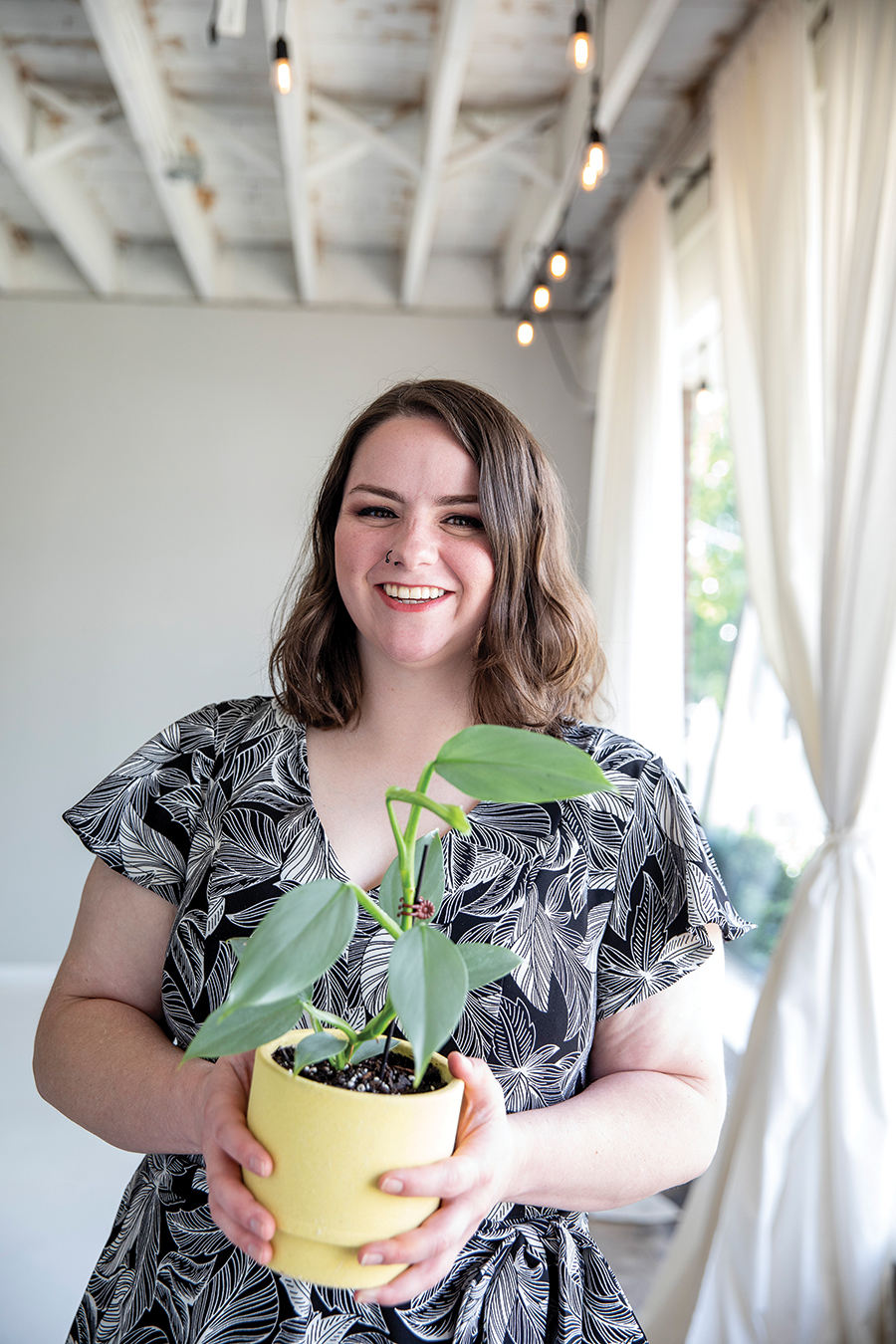
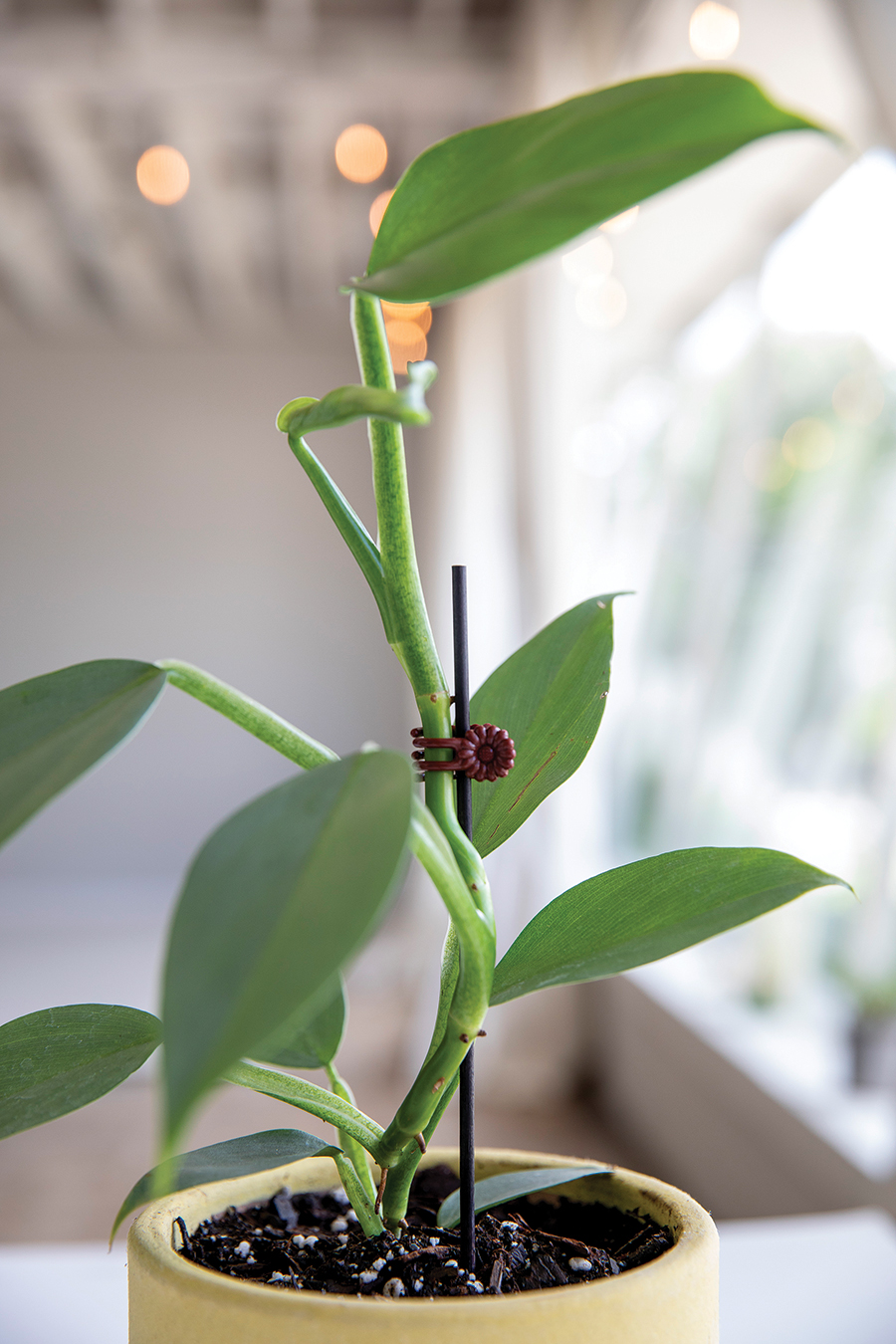
Larson echoes something Richardson said. Do not underestimate their youthful passion or knowledge.
“They can be preteen and know species names. They know the botanical names,” she marvels.
Larson’s repeat customers, especially Millennials, are “looking for the latest philodendron or calatheas.”
What drives this green obsession?
She muses. “I don’t know…maybe Instagram. TikTok?”
Larson believes “social media is at play. If you search #urbanjungle, you see others who have an extensive, beautiful home, with rooms filled with plants.”
Raelyn Pinion-Raby, who lives in Winston Salem with a 200-plant collection, repeats this theme.
“Plants gave me something to ‘mother’ and brought me so much joy and happiness in a time when I was really struggling and was unsure of what was to come for me and my family.” She has since purchased a home with extra room for plants and connected to an online community of plant enthusiasts.
Pinion-Raby, who goes by @plantwithrae, confides her favorite “is probably my Anthurium luxurians (but don’t tell my other plants).” Through pollination, she has “begun making little hybrid babies!”
There is a prevailing phenomenon of “plant parenting,” Larson notices.
Millennials and Gen Zers “can have pets and plants and parent those. It’s a different approach to things and life.”
All of which has affected Larson’s buying and merchandising. Larson expanded their Urban Jungle “from about a fourth of one room being house plants to them spilling over into the main room…and now filling a third of it. Constantly scouring sources to find the latest, greatest.
Rarity has a price.
“There are special philodendrons, like the Pink Princess,” Larson explains. “Which I’ve heard going for as much as $500 for a 4-inch plant!”
As for the “It” plant of the moment, it depends upon whom you ask. According to Richardson, “It” is the fruiting trees. Or olive trees. Or Ficus Daniela or Ficus Moclame. All of which have unusual leaf shapes.
While working with the showroom designers at the spring High Point furniture market, Richardson observed something. An indicator of things to come — or go?
The fiddle leaf fig was gone from stylish showrooms.
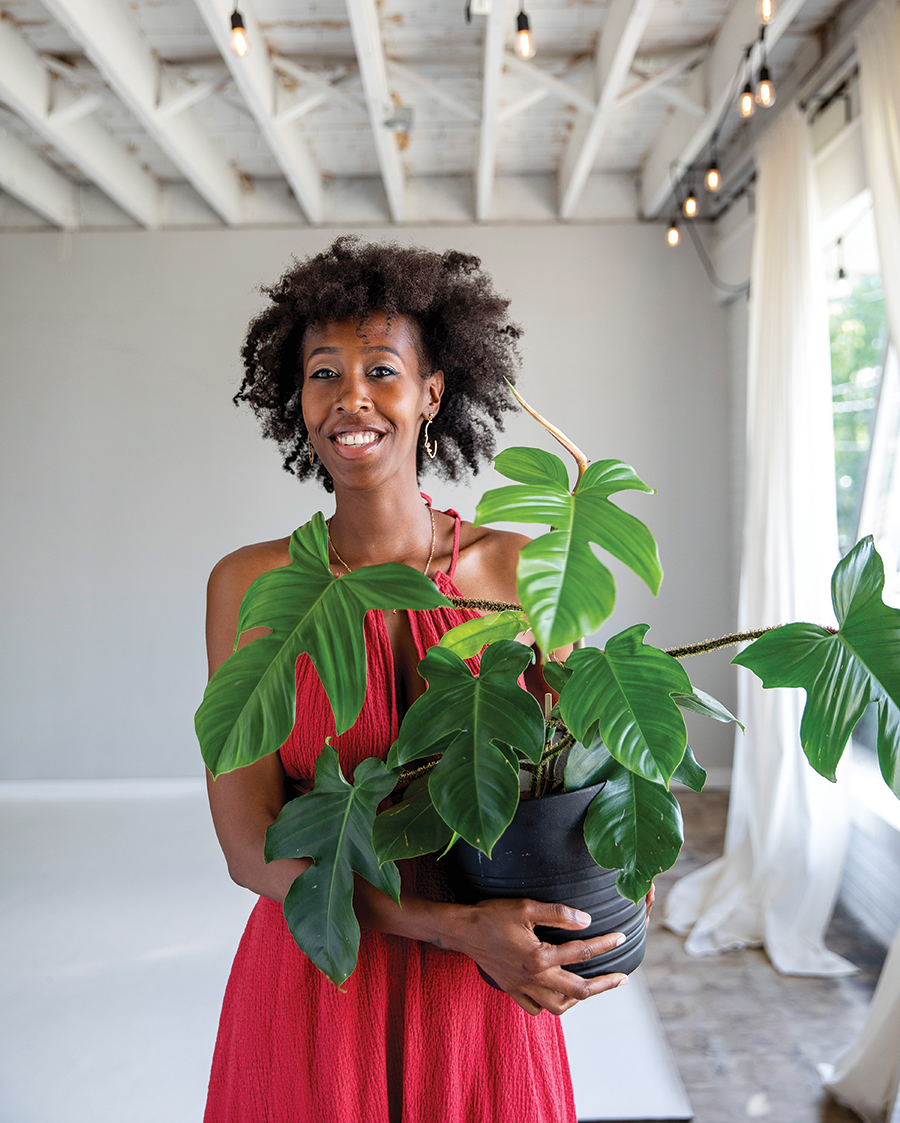
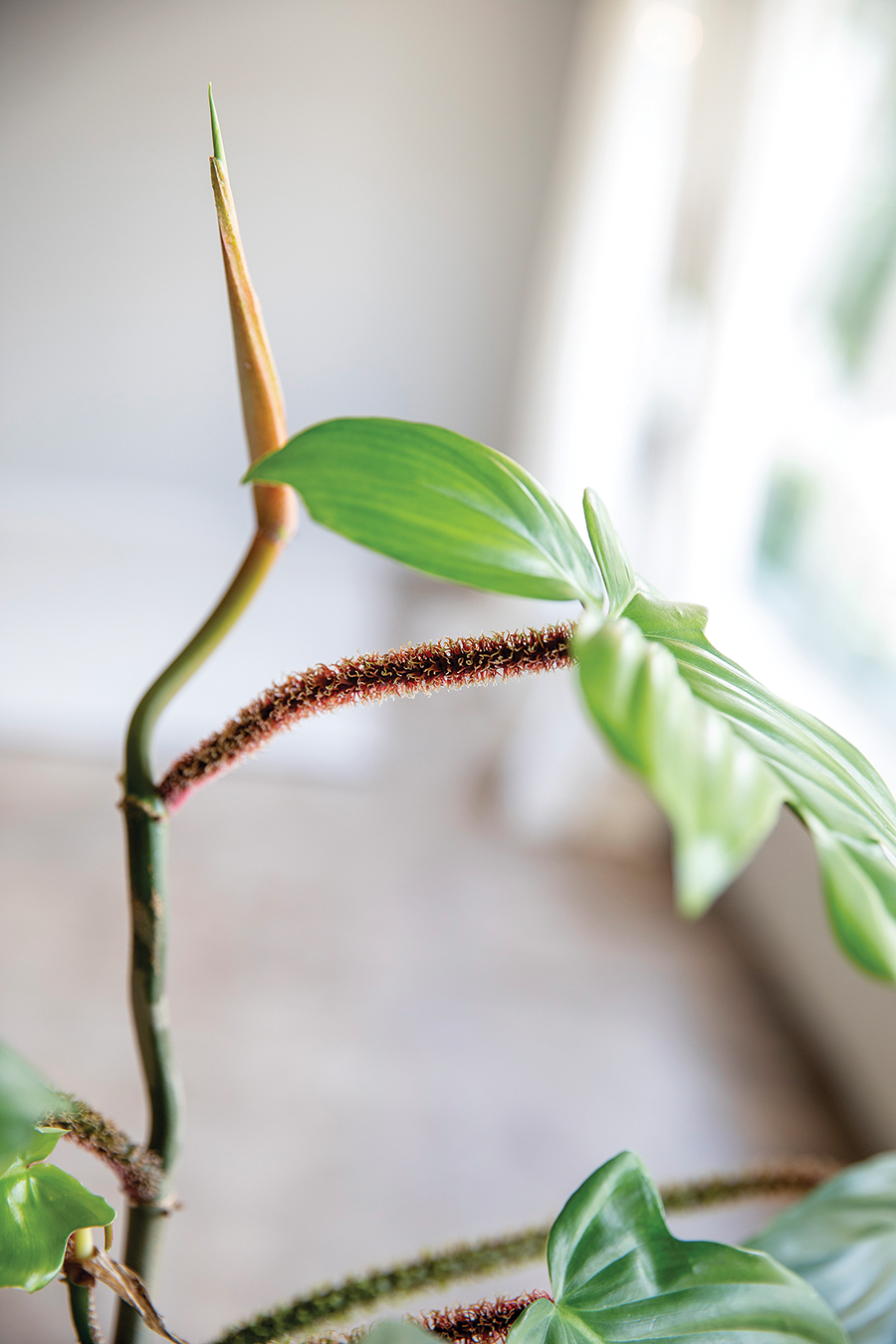
Displaced by the White Bird of Paradise.
“Strelitzia regina,” he says. “It gave them a strikingly different look.”
Larson personally avoids plants like the orchid which “have become such a commodity.”
Commodity plants hold little Millennial appeal.
“With the exception of the rare,” Larson stresses.
“We had a ground orchid, a paphiopedilum, flown in from Hawaii. A terrestrial. It looks like a pitcher plant.” Not cheap, but not in the stratosphere either.
“They go for around $50,” she says.
Distributors have begun rationing allocations of rare plants to resellers, Richardson says. “They sell out sometimes in hours.”
Less exotics still appeal though. “Snake plants. They sell well. Easy to take care of. And the Ficus elastica, the rubber tree.”
The spider plant has ecological value. “They are one of those that rates the highest for cleaning air,” Richardson says. “The Millennials have researched taking the toxicity out of the air — from dry cleaning, pollutants.”
And, always, hoyas. “Just Instagram #hoyaheads! People still love hoyas,” he says.
Jessica Corbett, 33, is a self-confessed Hoya Head in Greensboro. “My Nana loved plants and my mom gave me one of her pothos at the end of 2020.” This “sparked a passion.”
Corbett’s favorite remains the hoya, “and all variations of them.”
Jenna Lawner, 31, is a Jamestown nature lover. “Being outside in nature has always been therapeutic for me,” she says. “Being surrounded by [plants] and caring for them is calming and has helped tremendously with my depression.”
She resumed collecting in 2020, when her youngest child matured. “In a matter of a few months my collection exploded.”
Lawner is reluctant to play favorites, but . . .
“I’m not sure if I could pick a specific favorite, but I do especially love philodendrons.”
Danielle Dunn, a 32-year-old living in Greensboro, once feared her grandmother’s spider plant was spider infested.
Ironically, she bought one as the quarantine began “and that’s when the madness started.”
Dunn went from “ordering burgers on Uber Eats to ordering philodendrons.”
Now she has a “jungle vibe” in a one-bedroom apartment.
“Watching something so small grow and develop into something so large is the most amazing thing to me,” she says. “Have you ever seen a bird of paradise leaf unfurl? It’s mind-blowing. It starts so small and then pops open to a big leaf. It literally makes a popping sound.”
Like any equitable parent, “All my plants are my favorite, but Bridget has been getting a lot of my attention.”
Bridget? “She’s a polka-dot begonia, nothing too rare and crazy, but Bridget is classy, beautiful and tall.”
Recently, customers, er, plant parents, were clamoring for packaged moss, puzzling Richardson. “Turns out, the big thing is to make totem poles with it to make something for your hoyas to climb up.” OH
Cynthia Adams is a contributing editor.

